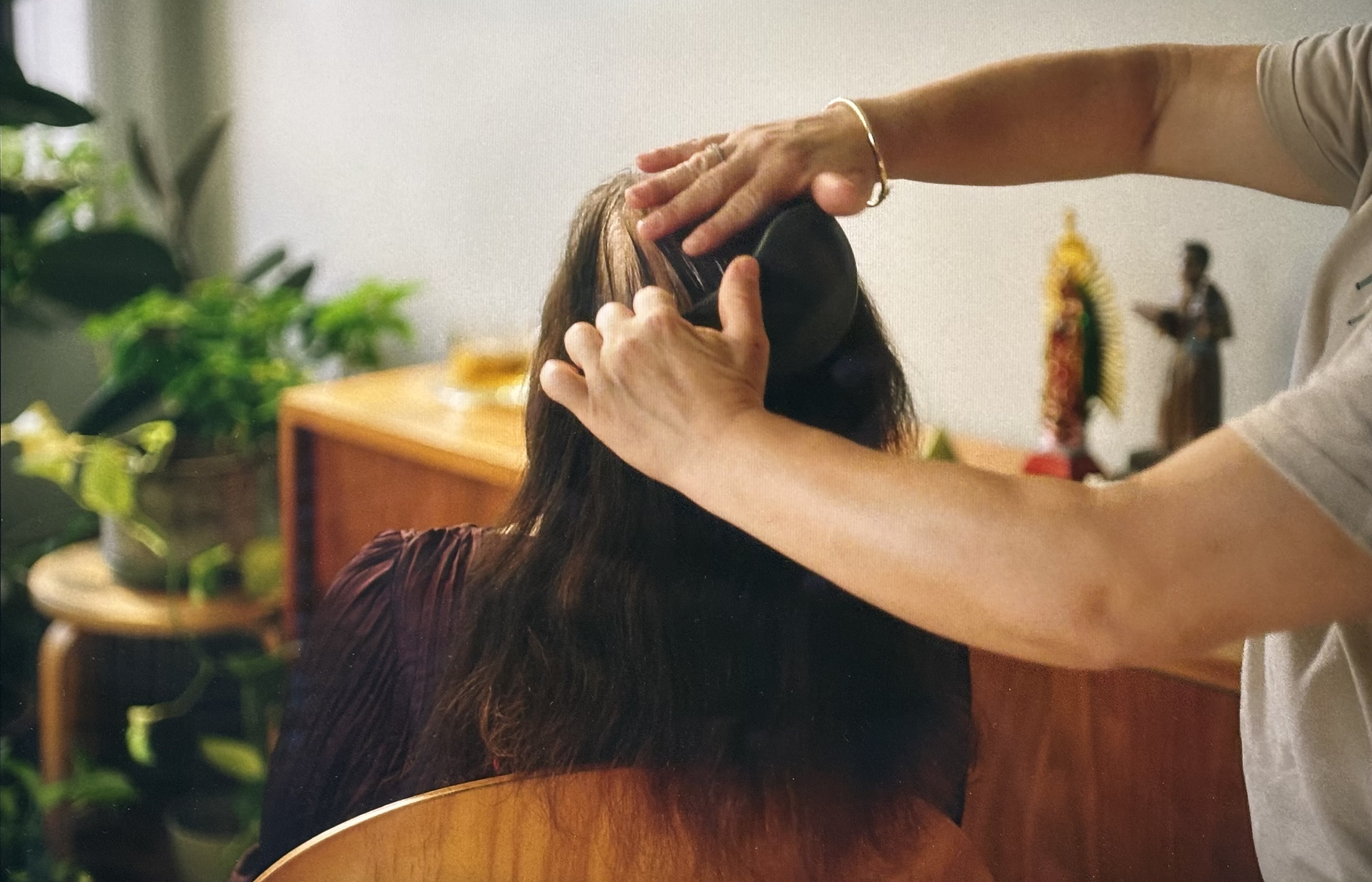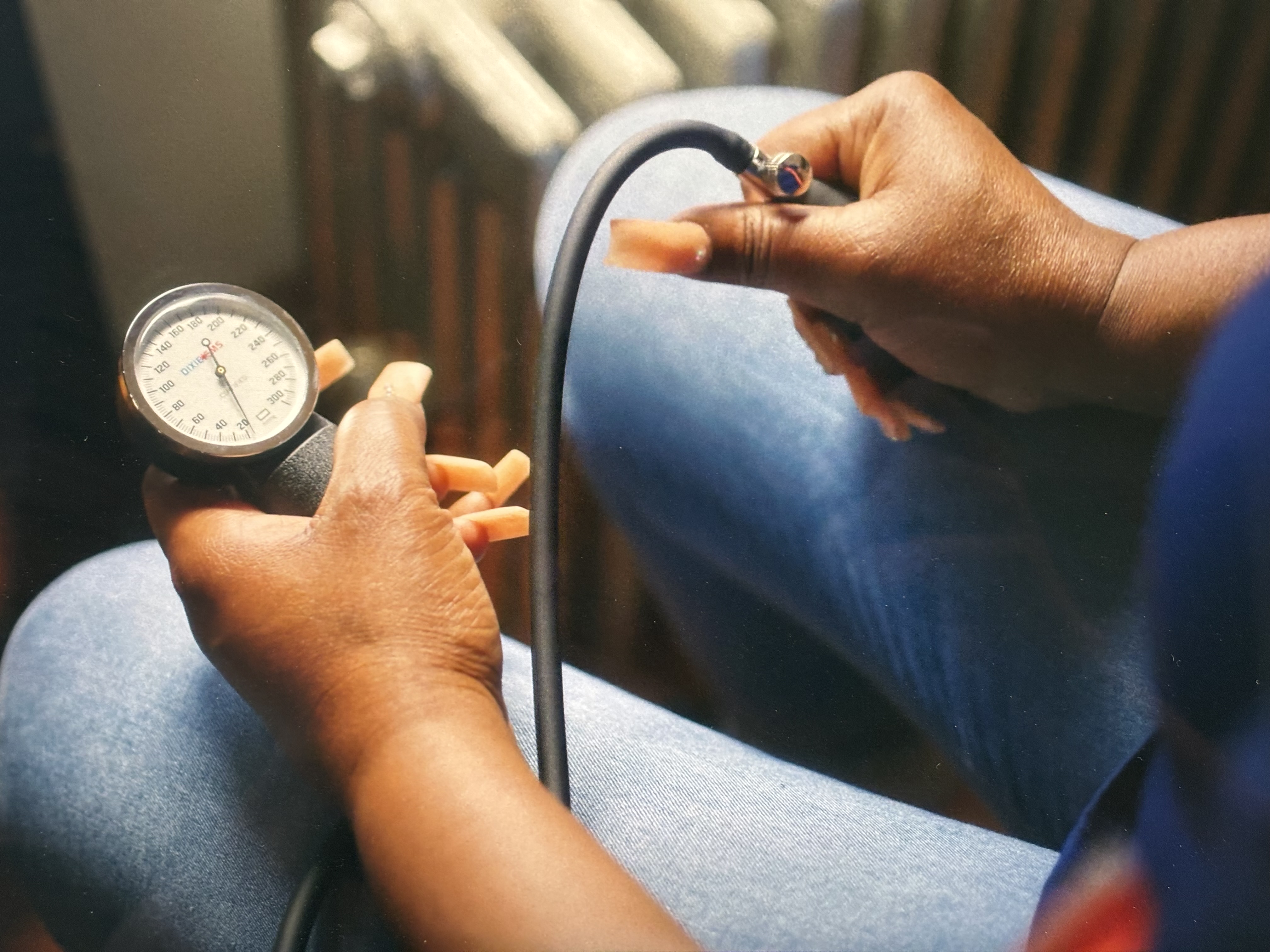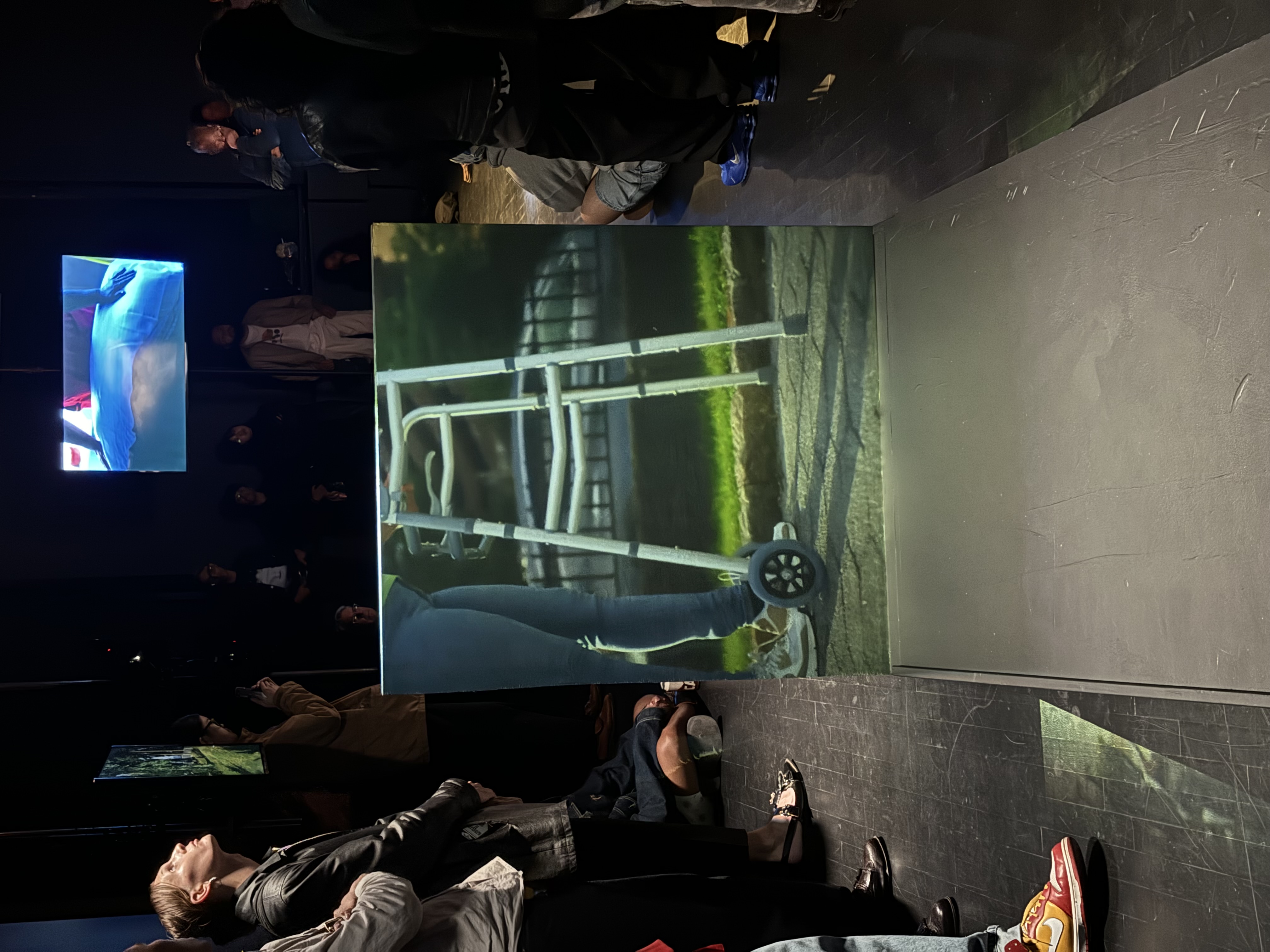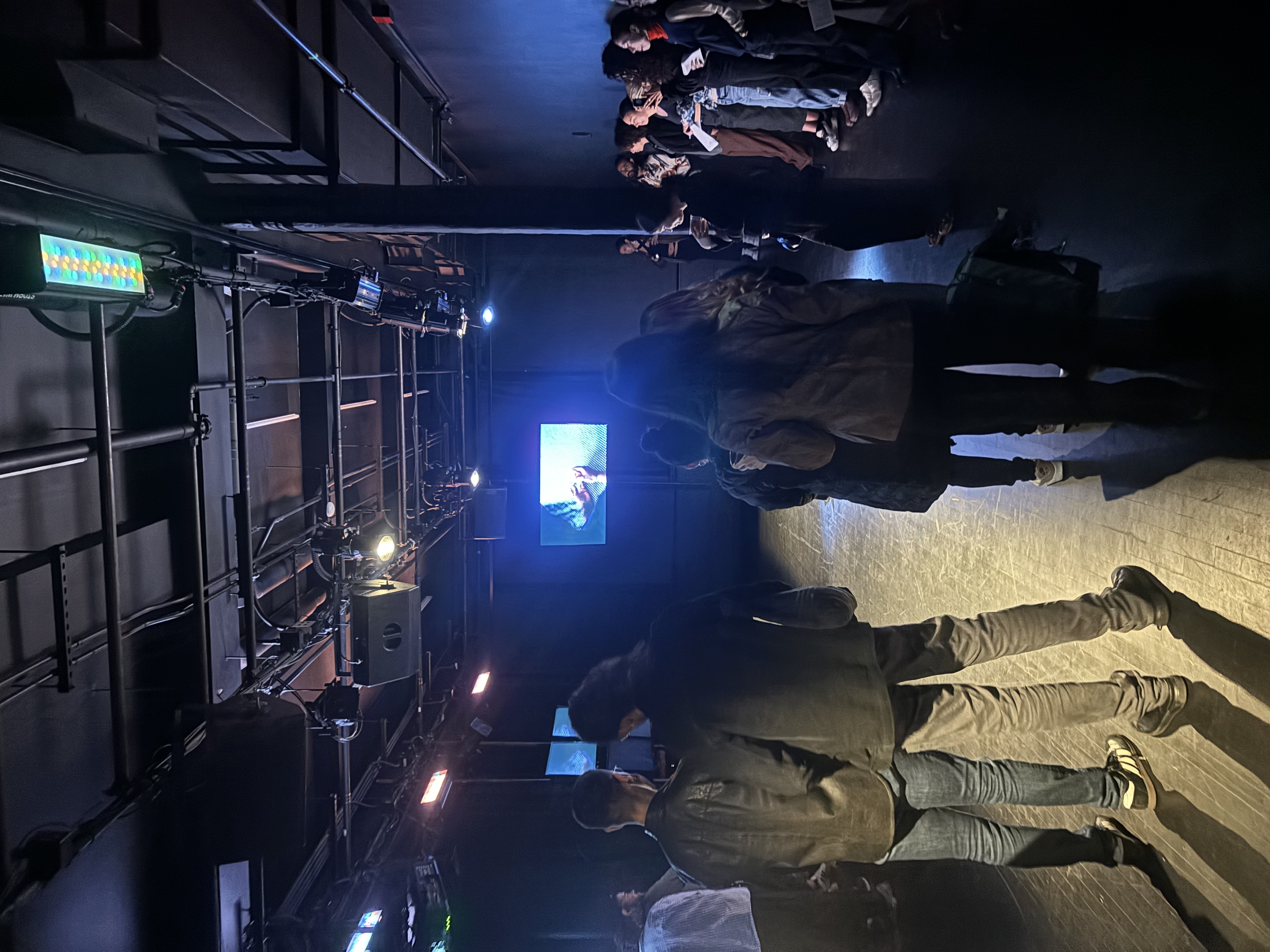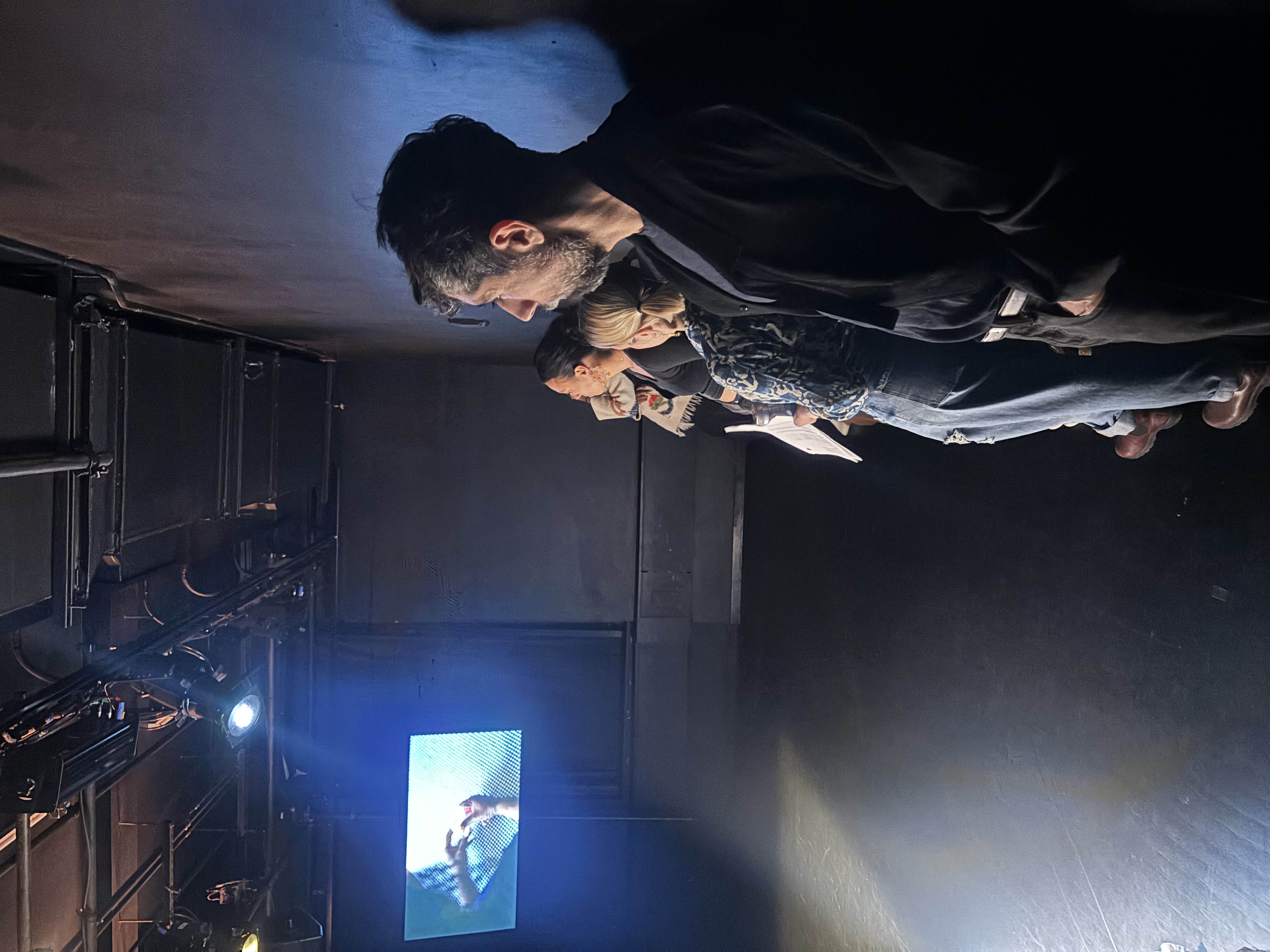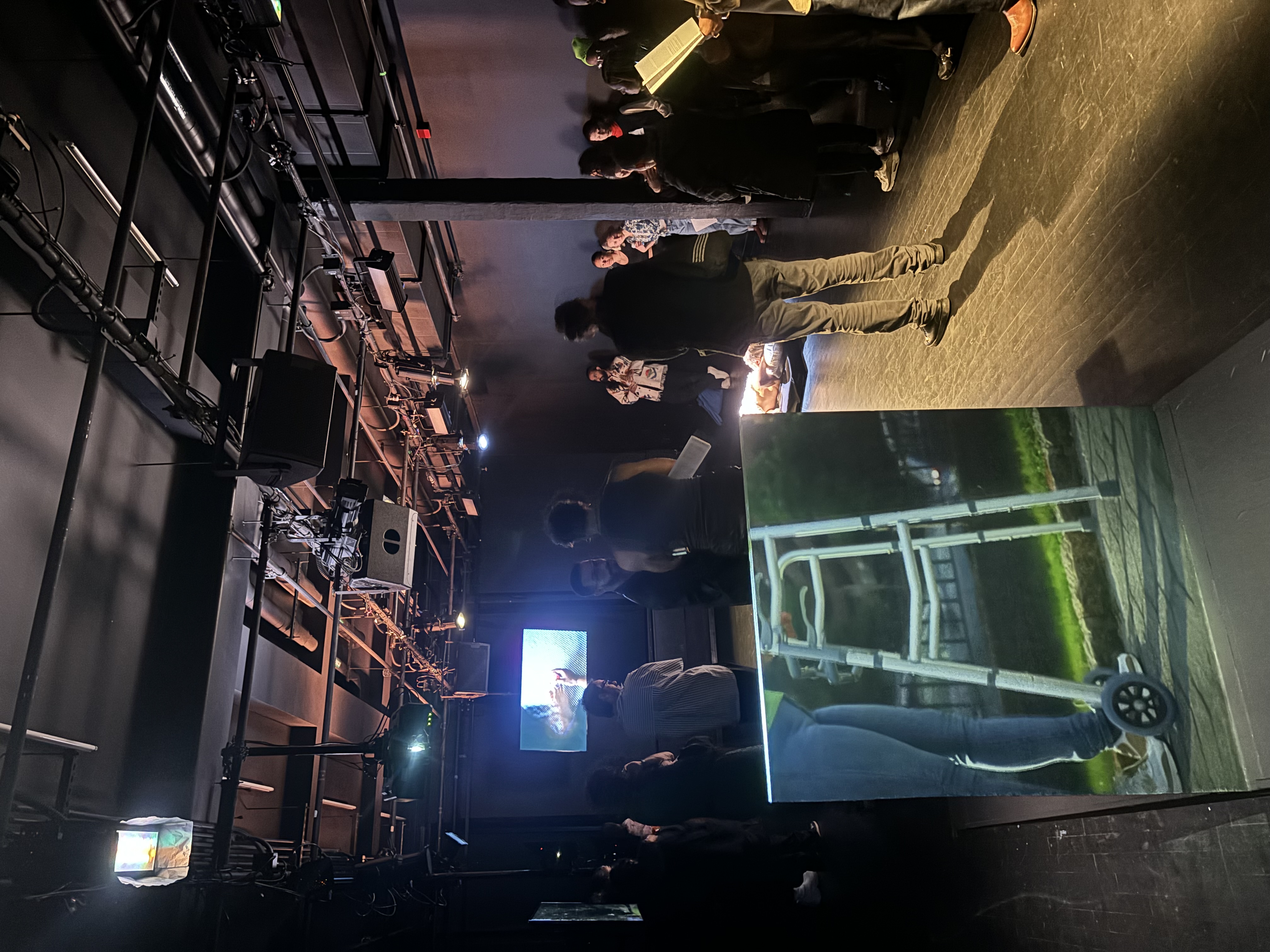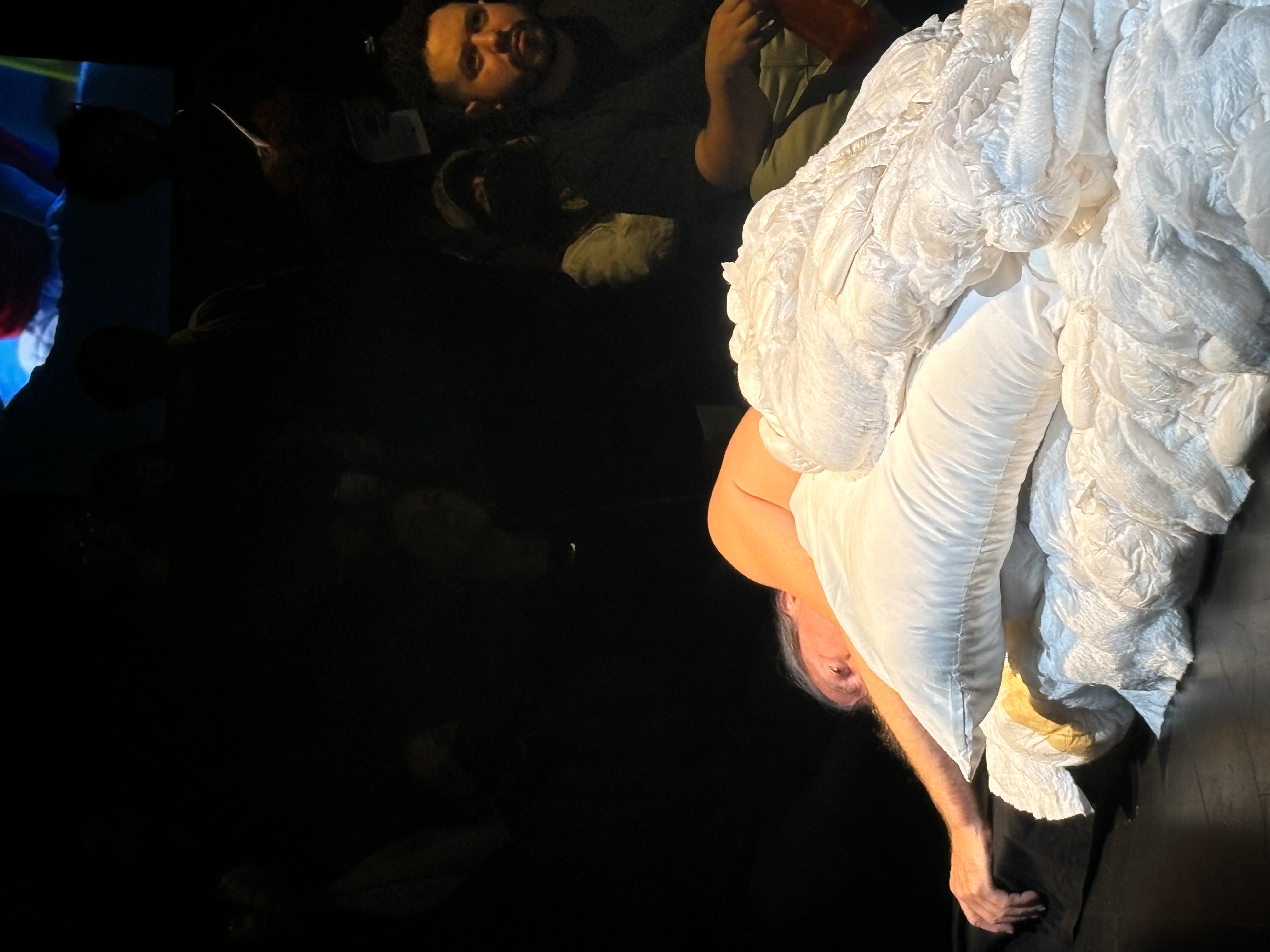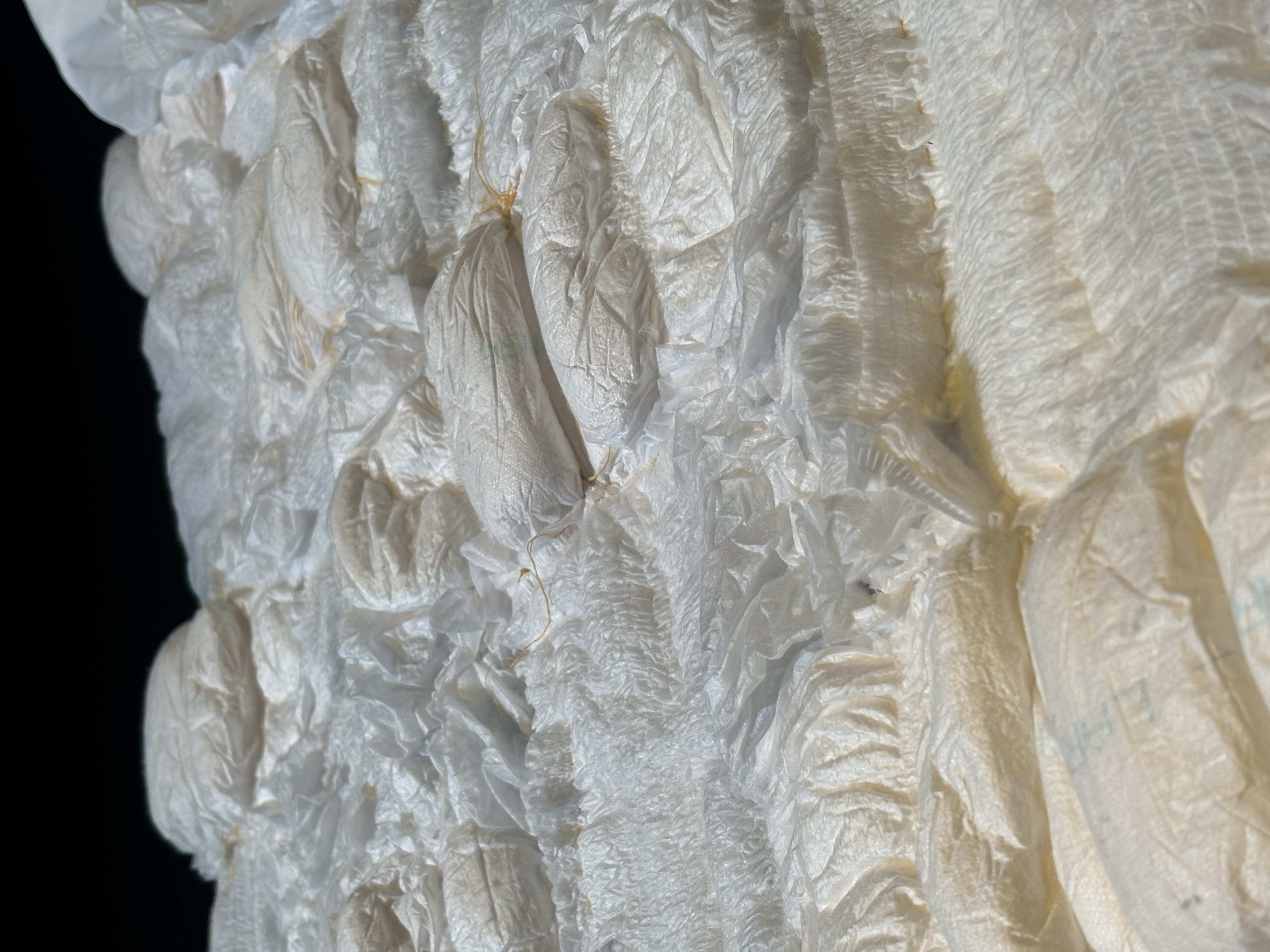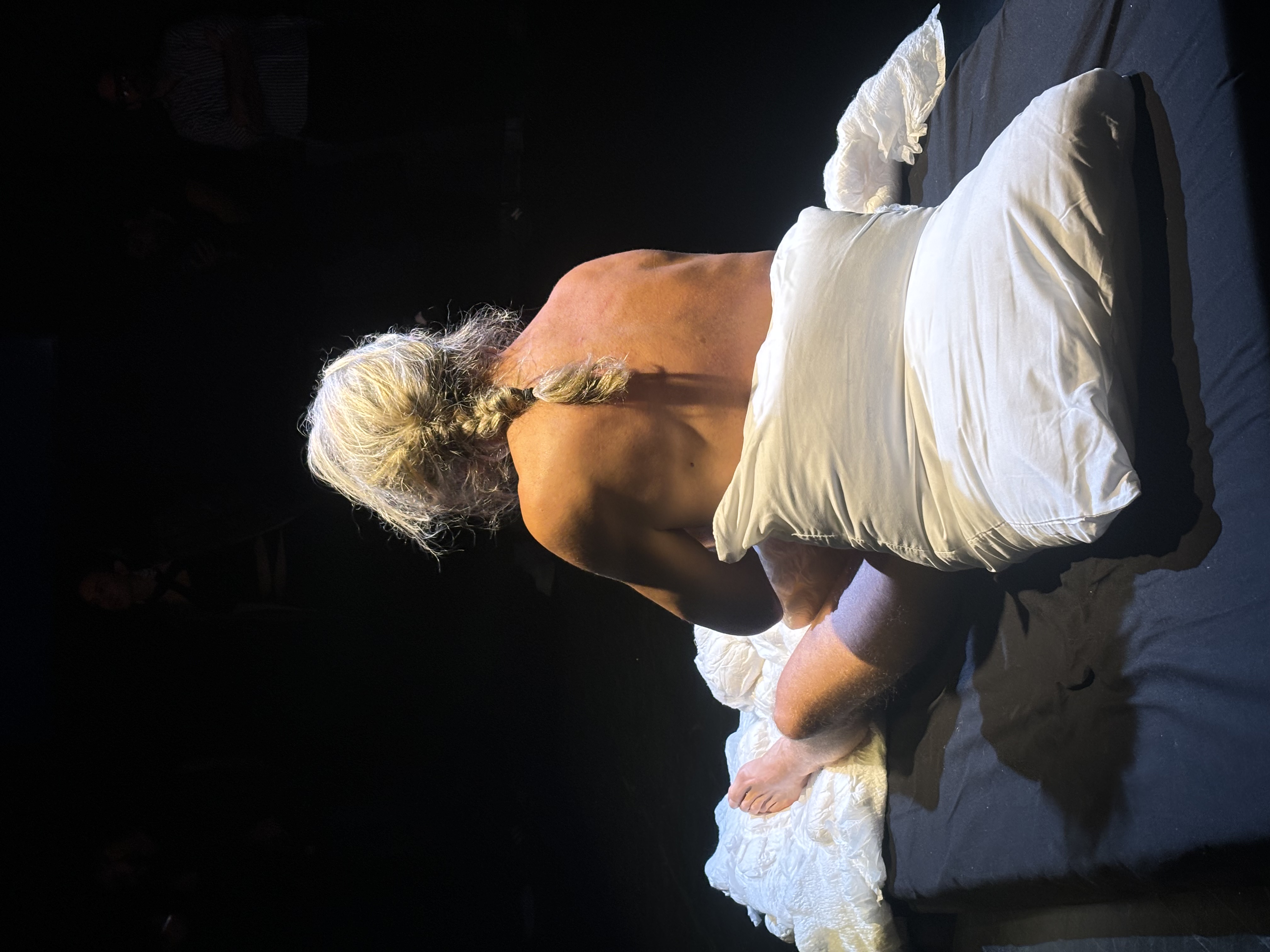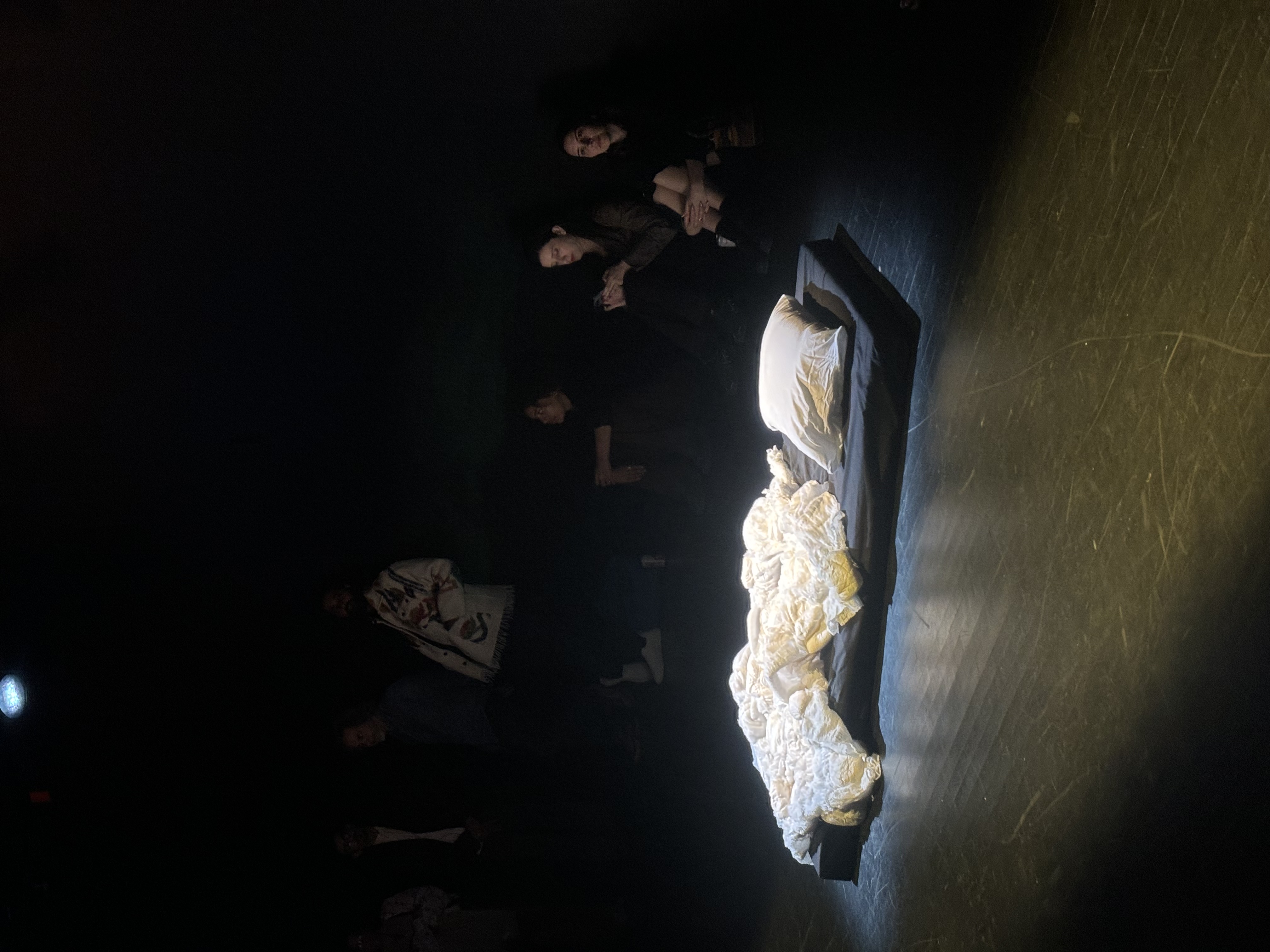Señales de humo
Casa de la Cultura, Danlí, Honduras. March, 2025.
Tobacco plants for cigar production grow favorably in the hot and humid parts of the tropics. In the Caribbean region, countries such as Cuba, The Dominican Republic, Honduras and Nicaragua enjoy a great reputation around the world. However, its antecedents date back to pre-Columbian times and since then, tobacco smoking has been a common practice for the inhabitants of these villages. Over the years and since colonial times, it has been an important part of the economy and exports to Europe, Asia as well as to the United States, being Texas the main state for Honduran cigars.
It is a symbol of male power that hides the participation of thousands of women workers who are exploited both in the cultivation stage and in the manufacture of cigars. This project has as its axis the context of the production of cigars as some reminiscences to my childhood. In that sense, the research for the realization of this inedit project consists of several stages over 7 years of work. Began in Danlí, El Paraíso (the place where I was born) and where there are more than 20 factories, as well as many tobacco plantations in the Jamastrán Valley area. From there, I have been exploring the aesthetic potential of this raw material and its exclusive business environment, where I have already collected. At the same time, I have been incorporating the processes of tobacco cultivation and its industrial transformation, in order to create a series of sculptures and videos that take as are ference the ancestral history and spiritual uses of tobacco in Mesoamerica.



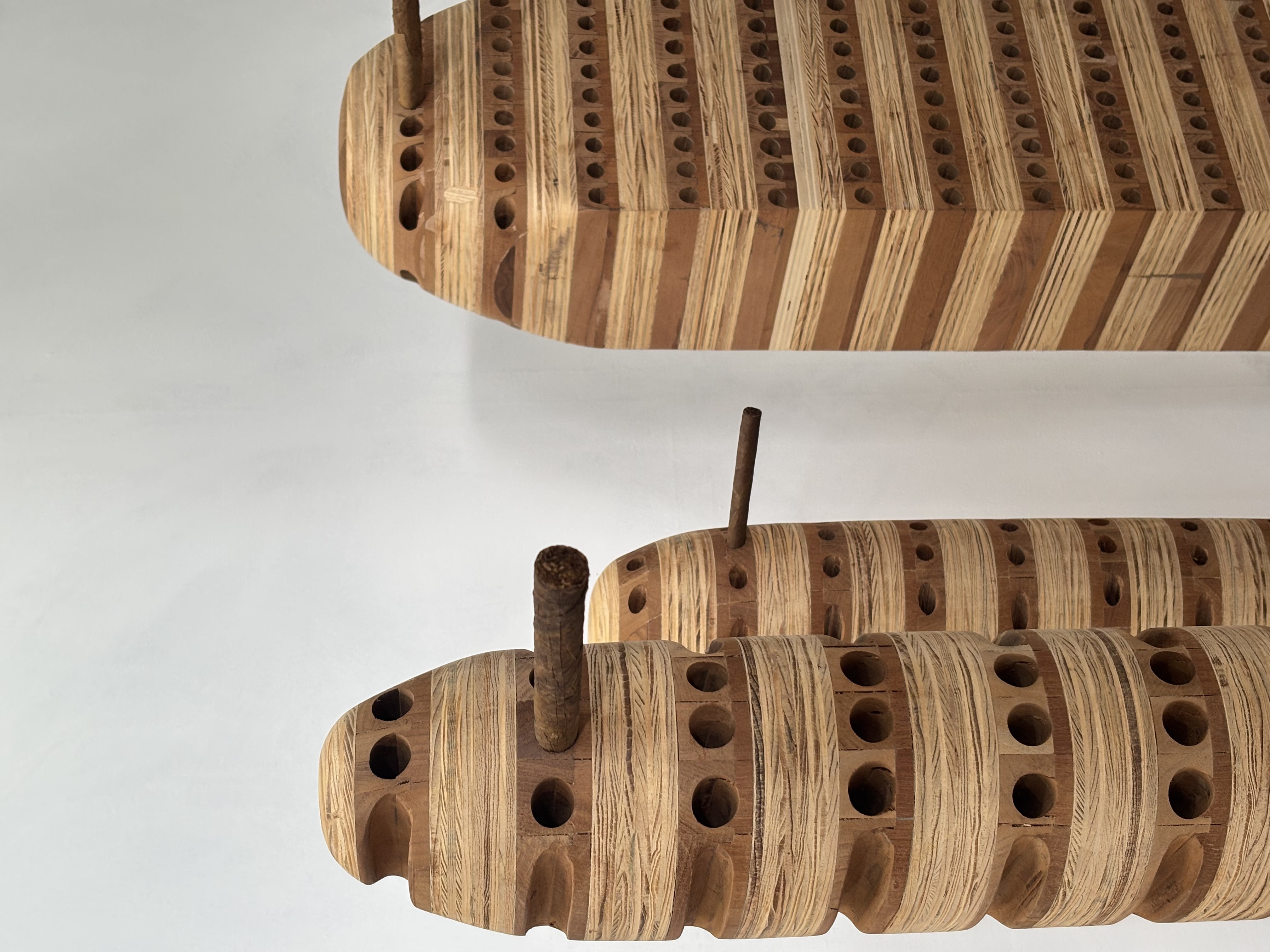
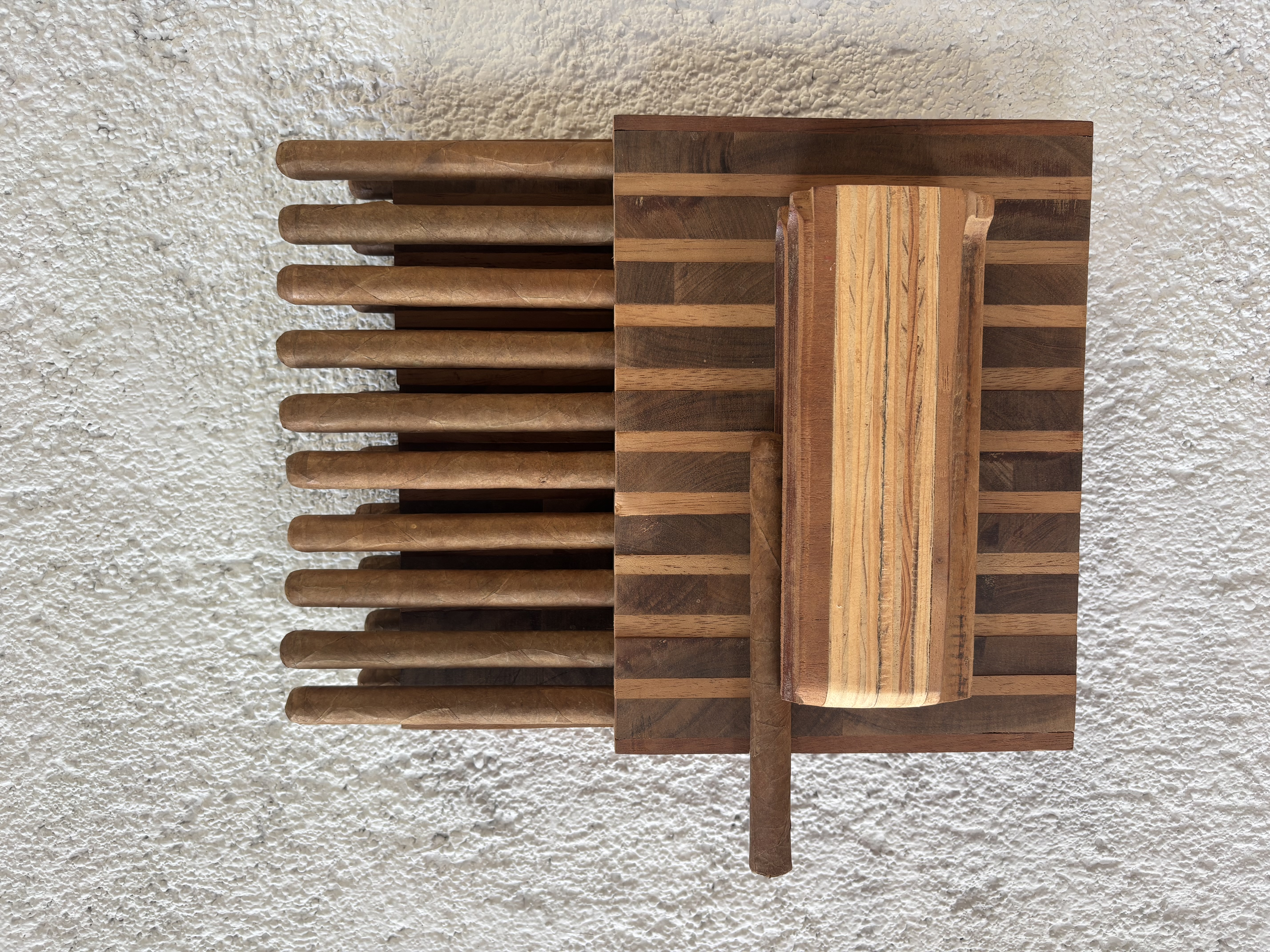


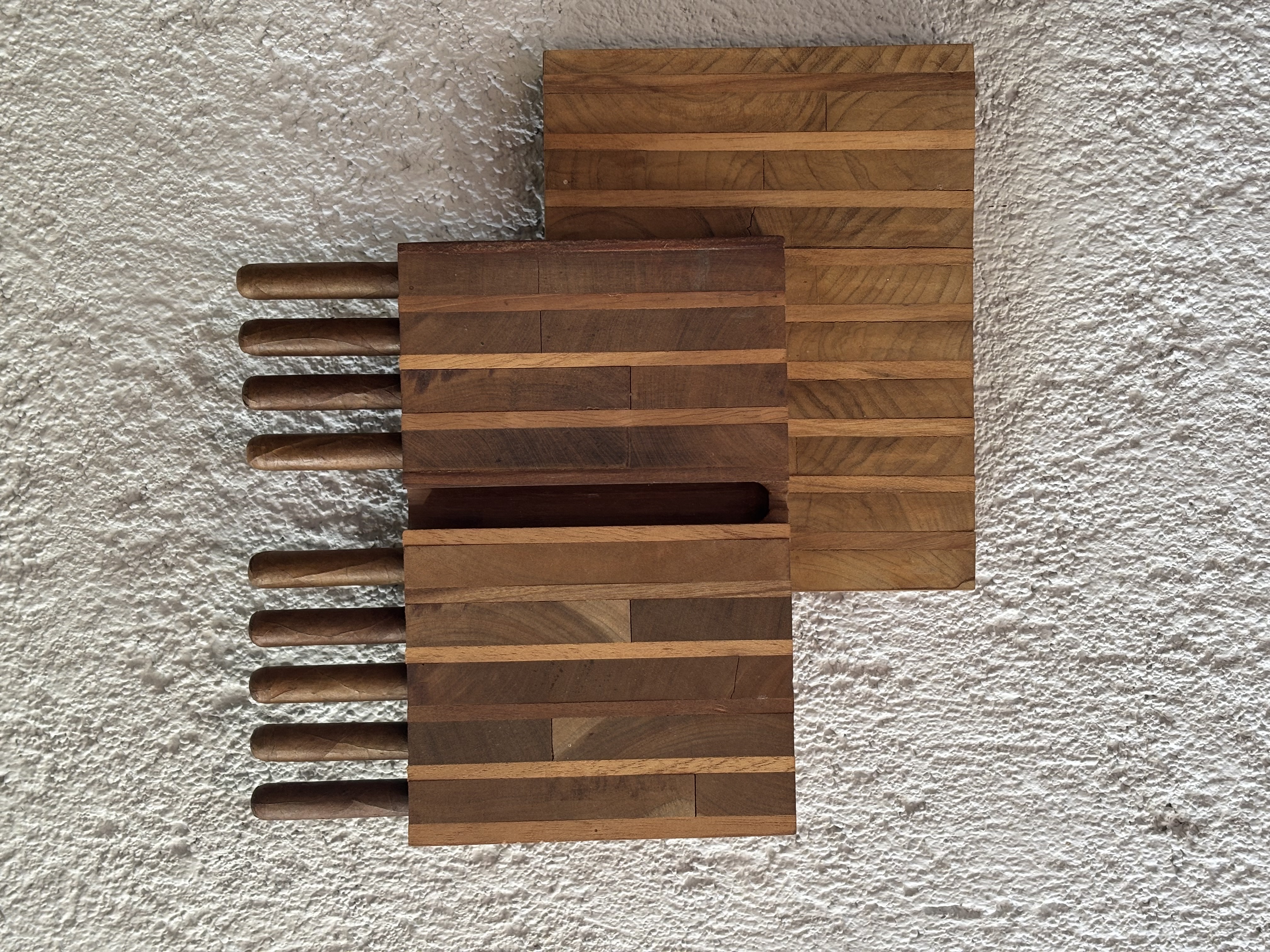


¡Cuidado!
Blaffer Museum, Houston, Texas, June, 2025.
Performance Space NY, November, 2024.

Curated by X Arriaga Cuellar
Contemporary society is full of taboos surrounding death, but there is one in particular that generates a lot of discomfort and unease. While it is easy to capitalize on the fear of aging, there are thousands of justifications for not facing the responsibility that comes with dignified care for elderly people, who have grown in number especially in industrialized countries. In this sense, around the United States and Europe, there are millions of immigrants from Latin America who work caring for the elderly, and despite their personal battles, exhaustion, and the complexities of this undervalued work, they continue to keep alive the spirit of empathy, compassion, joy, and care—basic characteristics of our humanity that do not appear in the social contract. Starting from these premises, Cuidado! materializes in a video installation activated by a series of performances featuring migrant caregivers as the protagonists. On one hand, we aim to make a deep critique of the labor exploitation present in this service market, which manifests in long hours, excessive responsibilities, unpaid work hours, and low wages. On the other hand, this project pays tribute to thousands of Honduran immigrants who, like my sister Mabel Vallecillo, have dedicated their lives to this dignified work.
Tiempo Libre
The Rubin Center, El Paso, Texas. January-April, 2024.
Curator: Laura Augusta
UTEP Hosts Honduran Artist’s First U.S. Solo Museum Exhibition.
Contemporary art exhibition examines historical relationships between Central America, U.S.
EL PASO, Texas (Jan 17, 2024) – The University of Texas at El Paso will host Honduran multidisciplinary artist Adán Vallecillo, whose work is found in collections across the globe — from New York’s Bronx Museum to the Daros Latinamerica Collection in Zürich, Switzerland —for the debut of his first solo museum exhibition in the United States.
“It is a privilege to host Adán and for his debut to be in El Paso, a community that is at the nexus of western and Latin American culture,” said Kerry Doyle, director of the Stanlee and Gerald Rubin Center for the Visual Arts, which has a multi-year commitment to contemporary art from Central America. “The center’s ability to showcase an artist of Adán’s magnitude and renown speaks to the Rubin Center’s history of giving a voice to artists whose work challenges viewers to think deeply about society and the political and social mechanisms within which we live.”
The exhibition, titled Tiempo Libre, will have an opening reception with Vallecillo on Thursday, Jan. 25 at 5 p.m. in the Rubin Center. The event is open to the public; the exhibition will run through Saturday, April 20.
The display is a mid-career survey of the artist’s work from 2010 to the present. Trained in visual art and sociology, Vallecillo creates locally relevant and research-driven projects re-using found industrial materials to consider the cultural and social intersections between Central and South America with the U.S. and Europe.
The curator Laura Augusta added, "Adán's work has been at the forefront of Central American creative and political praxis for many years, as his extensive exhibition and curatorial histories demonstrate. I believe his work to offer a crucial perspective on the major environmental questions of our time, and his extensive on-the-ground research with communities offers an important example for our students of how a studio practice can also be profoundly engaged with the world around us.”
Originally published January 18, 2024
By MC Staff UTEP Marketing and Communications
BONANZAS EFÍMERAS
Curadoría: José Cáceres Mardones
Nuestra ignorancia sobre Honduras es la que nos ha privado de explotar sus tesoros escondidos e inútiles. No pueden transcurrir muchos años sin que esta ignorancia sea disipada por los relatos de los exploradores y que una nueva fuente de riqueza se abra para el mundo.“
William Wells, 1857.
„The masters’ chemistry refers to this configuration of colonial inhabitation where the toxic condition is both the consequence of the capitalist exploitation of these ecosystems by these masters and the cause that reinforces the domination of these territories by the same masters.“
Malcom Ferdinand, 2021
Este proyecto de investigación se forma a partir de las intersecciones entre pintura, sociología y danza.
Aborda la relación entre colonización y promesas de modernidad. Algo que comienza con la ocupación española entre el siglo XVI y principios del XIX, y que continúa con la fundación del estado hondureño moderno durante la Reforma Liberal del presidente Marco Aurelio Soto, a finales del siglo XIX, el cual creó las bases para una economía de enclave y extractivismo que se extendió durante todo el siglo XX y que persiste hasta el presente. Un claro ejemplo de ello son las más de 500 concesiones para la explotación minera, aprobadas por la legislación de los últimos gobiernos.
Nos interesa el devenir histórico de aquel desarrollo minero, en el que colonización, contaminación y resistencia se entrelazan a partir del diálogo entre pintura, danza y territorio, en este caso, la región geotérmica del valle de Siria, en el departamento de Francisco Morazán, donde se desarrolló la performance. Territorio concesionado a la explotación transnacional, y que evidencia la doble fractura de nuestra sociedad, en la cual, tanto grupos sociales como la misma naturaleza, son subordinados para el enriquecimiento y privilegio de los grupos de poder.
Agradecimientos a:
Rodolfo Arteaga, Olga Velásquez, Karla Sauceda, Irma Valladares, Carlos Padilla, Jovel Espinal y espacio Solamente.










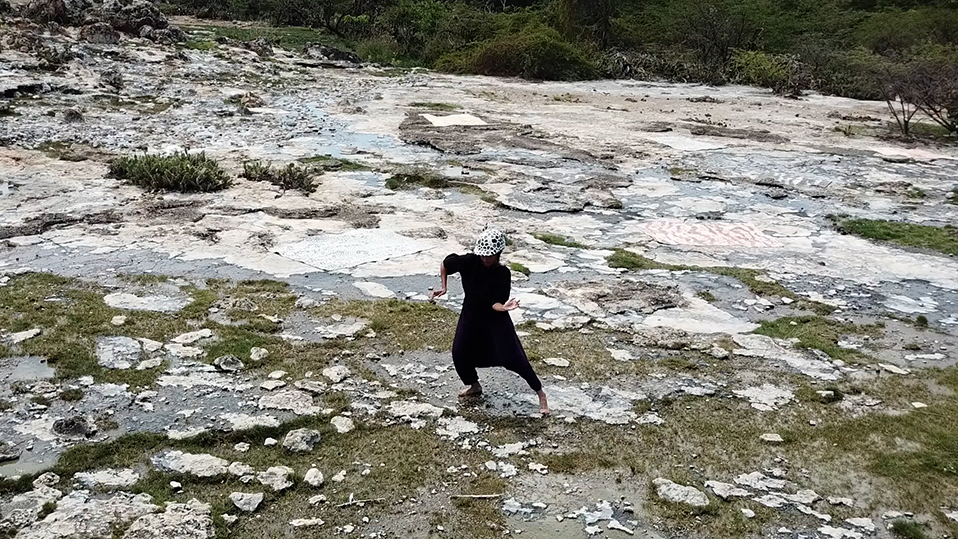







Filograma
Colección CIFO, Museo de Arte Contemporáneo, de Monterrey, México. Marzo-Mayo, 2023
Curated by Taiyana Pimentel and Sergio Fontanella
El chocolate se ha convertido en un símbolo de identidad de países como Suiza y su consumo masivo se ha diseminado por los 5 continentes. No obstante, el uso y domesticación de plantas de cacao, así como la invención del chocolate, tiene sus orígenes en la civilización Maya. Por lo que, desde entonces, el chocolate guarda relevancia económica y socio-cultural para los pueblos de Mesoamérica.
Filograma, introduce un nuevo campo de búsqueda en mi proceso creativo sobre la relación entre materia prima y manufacturada. El foco de atención ha sido el cacao y su ciclo de producción, circulación y consumo.
Es un mural de 740 losetas de barro generado a partir del diseño industrial de las clásicas tabletas de chocolate, las cuales han sido distribuídas en forma de un gran petate y pintadas con un baño de chocolate puro. Me interesa la relación ancestral entre ambos materiales (barro y chocolate) para revelar el trasfondo precolombino de estos elementos sobre la base de la ironía. Es por eso que, utilizo formas geométricas de productos manufacturados, que popularmente aparecen desligados de sus implicaciones históricas y socioculturales.
El proyecto se desprende de un viaje transcultural desde Mesoamérica, Ecuador y Suiza, al mismo tiempo que hace referencia a un importante descubrimiento de las muestras de chocolate más antiguas encontradas hasta la fecha. Fue en el Valle de Sula, al norte de Honduras, y se estima que datan de 2,500 o 3,000 años antes de Cristo.
¿Cómo nos posesionamos y vivimos este intercambio de mercancías?
Un grano de Theobroma Cacao esconde una entramada transnacional de múltiples aristas y relaciones humanas. Por ello, me interesa cómo la transacción desigual del comercio mundial y sus diversos usos, aparece disociada de las plantas de cacao que nos han abierto todo un universo cultural desde tiempos ancestrales y que se sigue renovando hasta nuestros días.
En ese sentido, la instalación Brownies Monterrey extiende aquellas exploraciones históricas sobre el cacao a otro proyecto in-situ producido para la muestra de CIFO.
Es una obra compuesta de 48 bloques de piedra sillar, que imitan a los populares brownies. Estas piedras muy usadas desde tiempos coloniales en la ciudad norteña de Monterrey, México, tienen un baño de chocolate gourmet y cada una ha sido colocada sobre su respectivo papel encerado.
Por un lado, la instalación hace referencia a la combinación psicotrópica del chocolate tan presente en la cultura popular contemporánea, así como a pesquisas policiales recientes para desmantelar redes de tráfico de estupefacientes en las escuelas y colegios del estado de Nuevo León.


